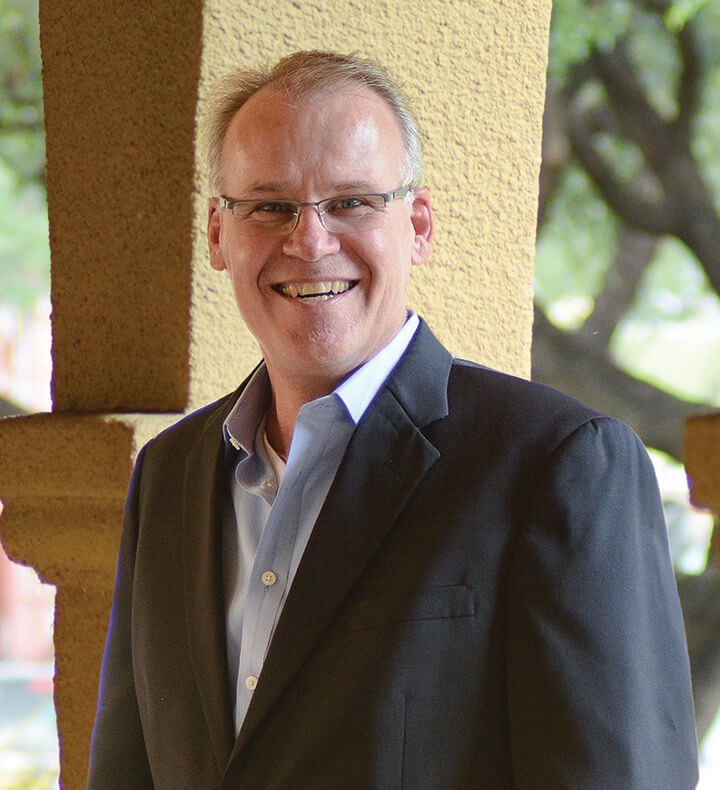Oct 23
2019
Can Changing The Patient Financial Experience Help Save Rural Hospitals?
By David Shelton, chief executive officer, PatientMatters.
 In the past few years, healthcare providers have felt the pain of an industry in transition, as regulations evolve, value-based reimbursement takes hold and costs continue to climb. Rural hospitals face additional, unique challenges. Patient volume is shrinking, healthcare workers are hard to find and, because many patients can’t afford high out-of-pocket costs, hospitals often go uncompensated for the care their providers deliver.
In the past few years, healthcare providers have felt the pain of an industry in transition, as regulations evolve, value-based reimbursement takes hold and costs continue to climb. Rural hospitals face additional, unique challenges. Patient volume is shrinking, healthcare workers are hard to find and, because many patients can’t afford high out-of-pocket costs, hospitals often go uncompensated for the care their providers deliver.
The consequences are sobering. Since 2005, 155 rural hospitals have closed, with 16 succumbing to financial pressures already in 2019. As alarming as the number of closures is the rate of increase. From 2005 to 2012, an average of seven hospitals closed each year. Since then, the average has doubled to almost 14 hospitals per year.
Fast action is needed
The rural hospital crisis in America is not going unnoticed. Several bills to improve payment and delivery models have been introduced in Congress. The Centers for Medicare & Medicaid Services (CMS) devised a Rural Health Strategy to expand access to care through telehealth, adjust the Medicare wage index to increase payments for rural, low-wage hospitals, and help transition rural providers to value-based payment models. And, advocacy groups continually push for action.
Effecting change in these ways, however, takes time, something rural hospitals do not have. Nearly half are losing money and 21 percent are at high risk of closing unless their financial conditions materially improve. While rural hospitals can do little to accelerate legislation or adoption of national initiatives, there is an area they can impact quickly on their own: uncompensated care.
Uncompensated care: The realities
Rural hospitals have trouble getting paid for many reasons, starting with patients being uninsured or underinsured. Because rural markets are smaller, there are fewer commercial health insurance options and premiums tend to be higher. Even high-deductible health plans with lower premiums can’t solve the problem, as deductibles and cost-sharing requirements push rural Americans’ healthcare costs relative to income higher than their urban counterparts’.
Rural residents tend to be older, sicker and poorer, and many rely on Medicare and/or Medicaid. Particularly in states that did not expand Medicaid to cover more low-income Americans, churn between eligibility and ineligibility can lead to gaps in coverage. Since rural consumers tend to have lower health literacy, Internet access and cell phone connectivity, they have more difficulty finding and understanding insurance and what they may qualify for. As a result of all these issues, more than nine percent of people in rural areas went without insurance of any kind in 2017.
Family finances are another barrier to paying for healthcare. Nearly half of rural Americans say they can’t pay an unexpected $1,000 expense right away. Four in 10 have had trouble paying medical bills in the past and 45 percent didn’t seek healthcare because they couldn’t afford it.
Changing the patient financial experience
Knowing the challenges their patients face, rural hospitals can take steps to both lighten those burdens and increase collections. Perhaps the most important is to improve the patient financial experience by offering services and assistance people are accustomed to as consumers.
Simplifying registration and financial processes to alleviate fear and frustration is key. As providers across the board are doing, rural hospitals should provide bill estimates and confirm insurance eligibility upfront, so patients know what they are responsible for before receiving care. Using financial assessment tools, registration staff can determine patients’ propensity to pay and personalize payment plans to increase the likelihood of collecting the full amount owed.
Patient advocates who work with uninsured and underinsured patients are also essential to rural hospitals’ collection efforts. Many families know about Medicare and Medicaid in general, but they don’t realize they could qualify for benefits such as Medicaid’s Children’s Health Insurance Program (CHIP); Aged, Blind and Disabled Cash Assistance Program; Breast & Cervical Cancer Program and many others. Experienced advocates know how these federal, state, local and third-party medical programs work and can determine patient eligibility and how to access benefits. They can explain financial obligations, help patients choose an appropriate payment plan and help them navigate the financial process, ideally at no charge to the patient.
Results that matter
Rural hospitals must change the way they handle the business side of healthcare if they are to survive. Uncompensated care can be low-hanging fruit for providers who streamline patient registration, provide more financial services and dedicate resources to help patients find and optimize the medical benefits they deserve. These relatively simple actions can help reduce charity care, bad debt and accounts receivable (A/R) days while increasing reimbursements, initial claim approvals and appeal success rates. Importantly, they can help ease the financial pain for patients and rural hospitals alike.